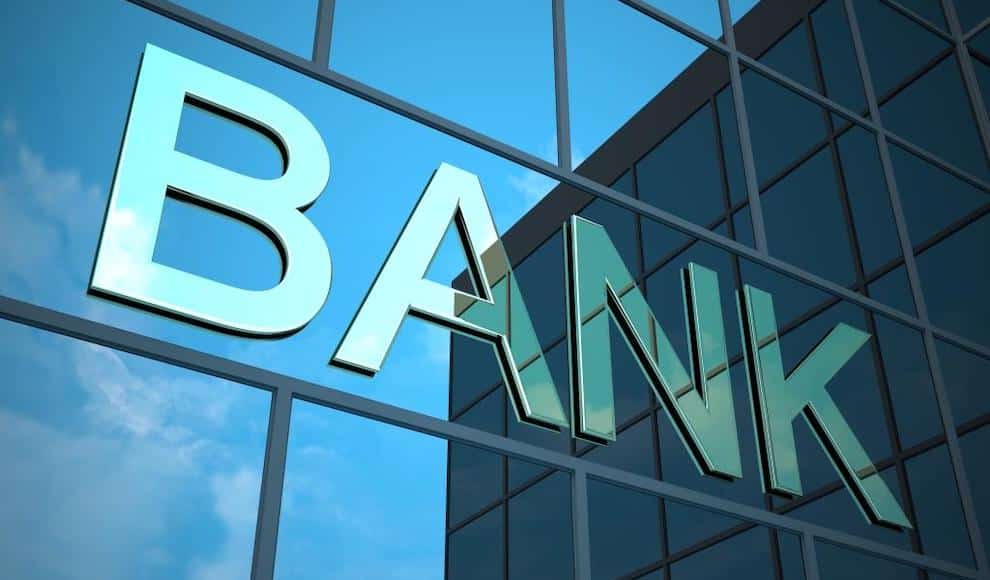
Karpovich was critical about the sovereignty of cryptocurrency exchanges in that they will have to use the traditional banking firms to move their money around. Therefore, he implied that traditional banks are to be considered as partners and not rivals to the cryptocurrency space.
He implied “Ultimately behind the screens; they are to use a bank to move their funds around. It is more of a partnership rather than competition in the space. When it is about margins and capabilities, payments are never something, which grows in the margin, and nobody will be willing to pay for payment. That is the hardest part of this process: you have to work with the limited resources to sell; therefore it is critical to work with large players.
For now, there is no way by which the cryptocurrency industry can thrive alone without the banks.
Meanwhile, the big news is that the 125-year old Swiss private bank will be partnering with Seba Crypto AG. The details of the partnership are not out yet.
Of note, Julius Baer has a minority stake in Seba. The deal is related to providing for clients with access to a range of newer digital asset services.
The Zurich Bank states that they are set to make use of the Seba innovative platform to bridge the gap between traditional assets and digital assets.
Julius Baer is convinced that digital assets are set to become the sustainable assets of the investor’s future portfolio.
In the ongoing merger of the crypto assets to their traditional financial space Julius Baer is all set to raise the bar of their $382 billion assets in Swiss Francs to a higher value. The raising the bar thing is significant because several legacy banks Switzerland have exhibited reluctance to integrate cryptocurrency services and products into their system. This is due to a plethora of potential risks.
With Julius Baer venturing into the cryptocurrency space, it is implied that the risk is acceptable.
Big Giant IBM has signed 6 banks to issue stable coins. Jesse Lund, head of the blockchain for financial services implied, “We are venturing into markets outside the U.S., but it would not be long before we can add the U.S. as an operating endpoint. It will be sometime this year, and we will get to it during the third or fourth quarter.”
Lund further implied “With more stablecoins coming on board, the whole notion of FX is changing. We are working hard to expand the stable coin ecosystem, which will include several banks and several other fiat currencies – therefore, digital representations of fiat currencies and even, eventually, the central bank issued digital currencies.”



Get the latest Crypto & Blockchain News in your inbox.